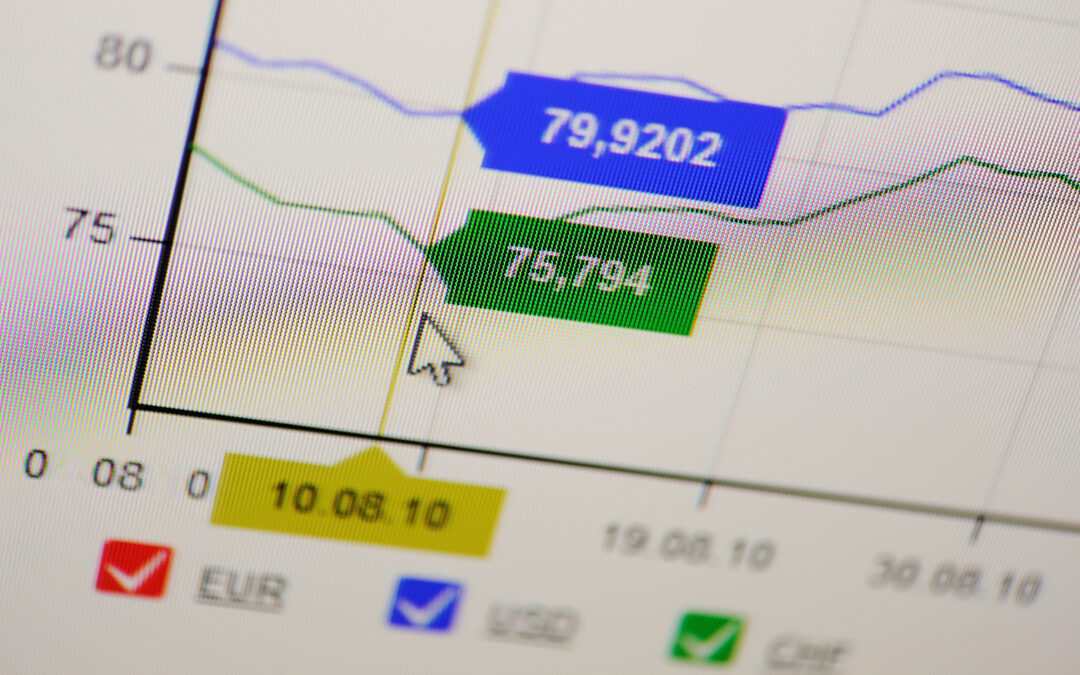When it comes to disaster preparedness, knowledge is power. Understanding the risks that loom over your area can make all the difference in safeguarding yourself and your loved ones. Different regions are prone to various types of disasters—hurricanes, earthquakes, floods, wildfires—you name it. Begin by researching historical data and current trends relevant to your location. Local government websites often provide valuable insights into potential hazards. This awareness will help you anticipate challenges and take proactive steps.
Once you’ve identified the risks, it’s time to build an emergency kit. Every household should have a well-stocked supply cache for those unexpected moments when you might need to shelter in place or evacuate quickly. Essential items include non-perishable food items like canned goods and energy bars, plenty of water (a gallon per person per day is a good rule), first-aid supplies, flashlights with extra batteries, and important documents stored safely in a waterproof container. Don’t forget about medications and pet supplies if applicable! Customize your kit based on your family’s specific needs; this preparation could be a lifesaver when time is of the essence.
Creating a family emergency plan is equally crucial. Discussing how you will communicate during a disaster can alleviate confusion and anxiety when chaos strikes. Designate meeting points both near home and further away in case evacuation becomes necessary. Ensure every family member understands their role—who grabs what, who calls whom—and practice these scenarios regularly so everyone feels comfortable with the plan. Don’t overlook the importance of keeping contacts updated; sometimes cell networks fail during emergencies, so having alternate communication methods can prove invaluable.
Staying informed is another pillar of disaster readiness that shouldn’t be ignored. Technology today offers numerous ways to receive timely updates on weather conditions and alerts about impending disasters. Apps for smartphone devices can provide real-time information tailored specifically for your area; consider downloading them ahead of time! Additionally, local news outlets often report on severe weather events as they unfold—tuning into these channels can keep you one step ahead of danger.
Community preparedness plays an essential role in ensuring collective safety during crises as well. Engaging with your neighbors fosters a sense of camaraderie while also building a support network that can prove vital in times of need. Organize community meetings or workshops focused on disaster preparedness where you share resources and experiences or even conduct drills together! When neighbors look out for one another, it strengthens resilience against any challenges that may arise.

In conclusion, being prepared for disasters requires more than just individual efforts—it’s about understanding risks, having essential supplies on hand, creating robust plans for communication and evacuation while staying informed through alerts and local resources—all while building connections within your community. With a comprehensive approach to disaster readiness not only do we protect ourselves but also create safer environments for everyone around us! So take action now—don’t wait until it’s too late!






